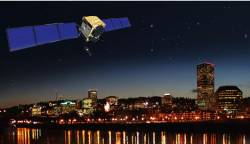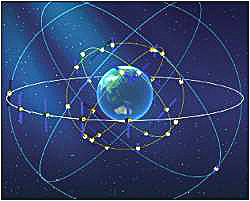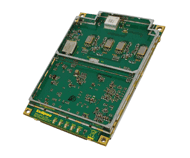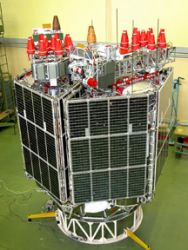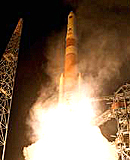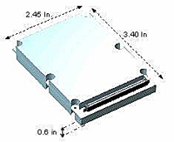2010 UN-IAF Workshop: GNSS Applications for Human Benefit and Development
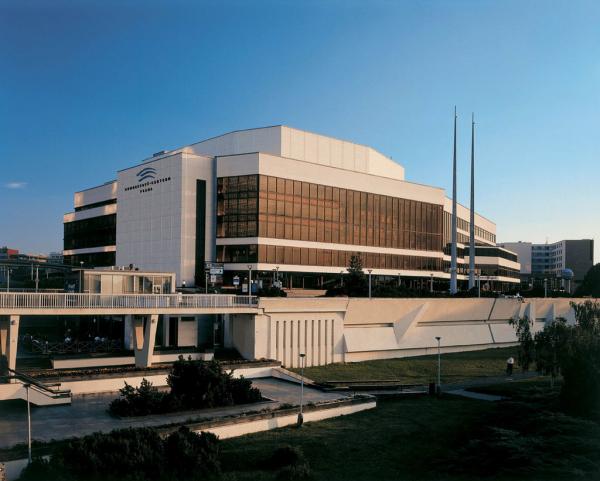 Prague Congress Centre
Prague Congress CentreThe workshop on GNSS Applications for Human Benefit and Development is sponsored by the United Nations Office for Outer Space Affairs and the International Astronautical Federation (IAF).
It is the 20th joint UN-IAF workshop and will be held at the Prague Congress Centre (PCC) in Prague, Czech Republic just before the 61st International Astronautical Congress that runs from September 27-October 1. Participants at either event are welcome at the other.
By Inside GNSS

.jpg)
